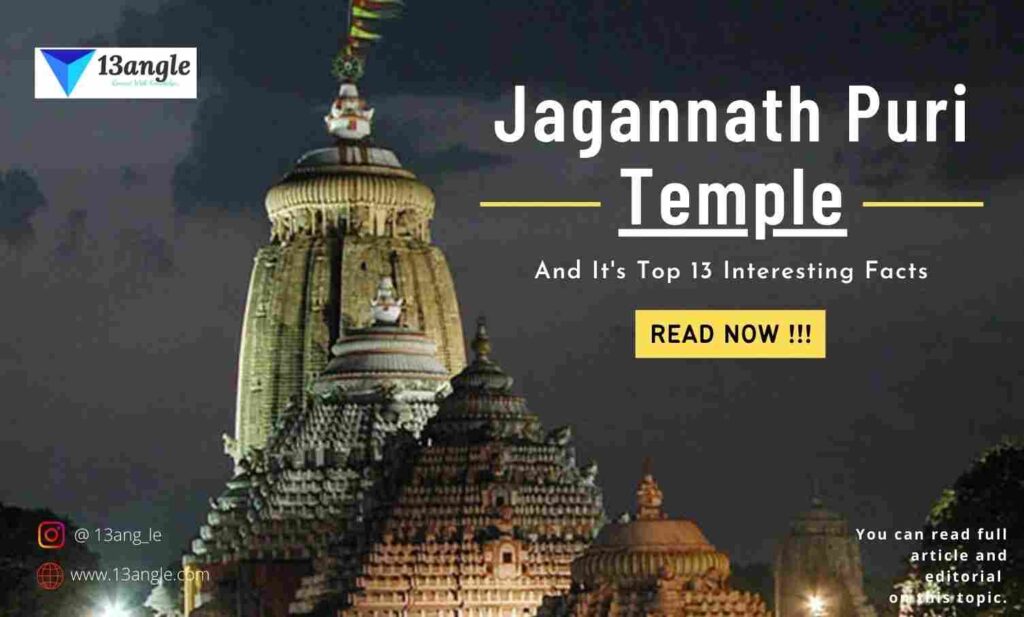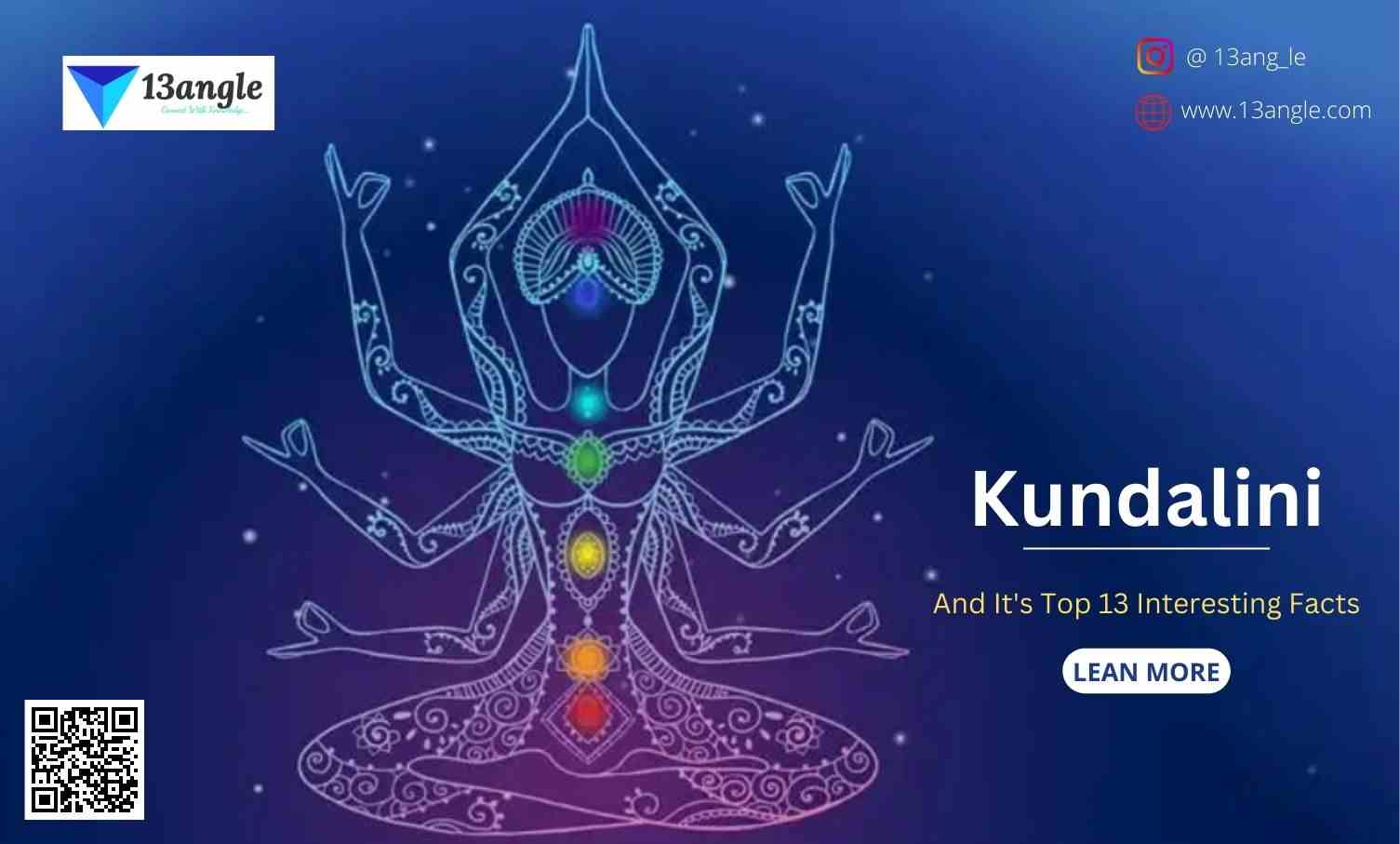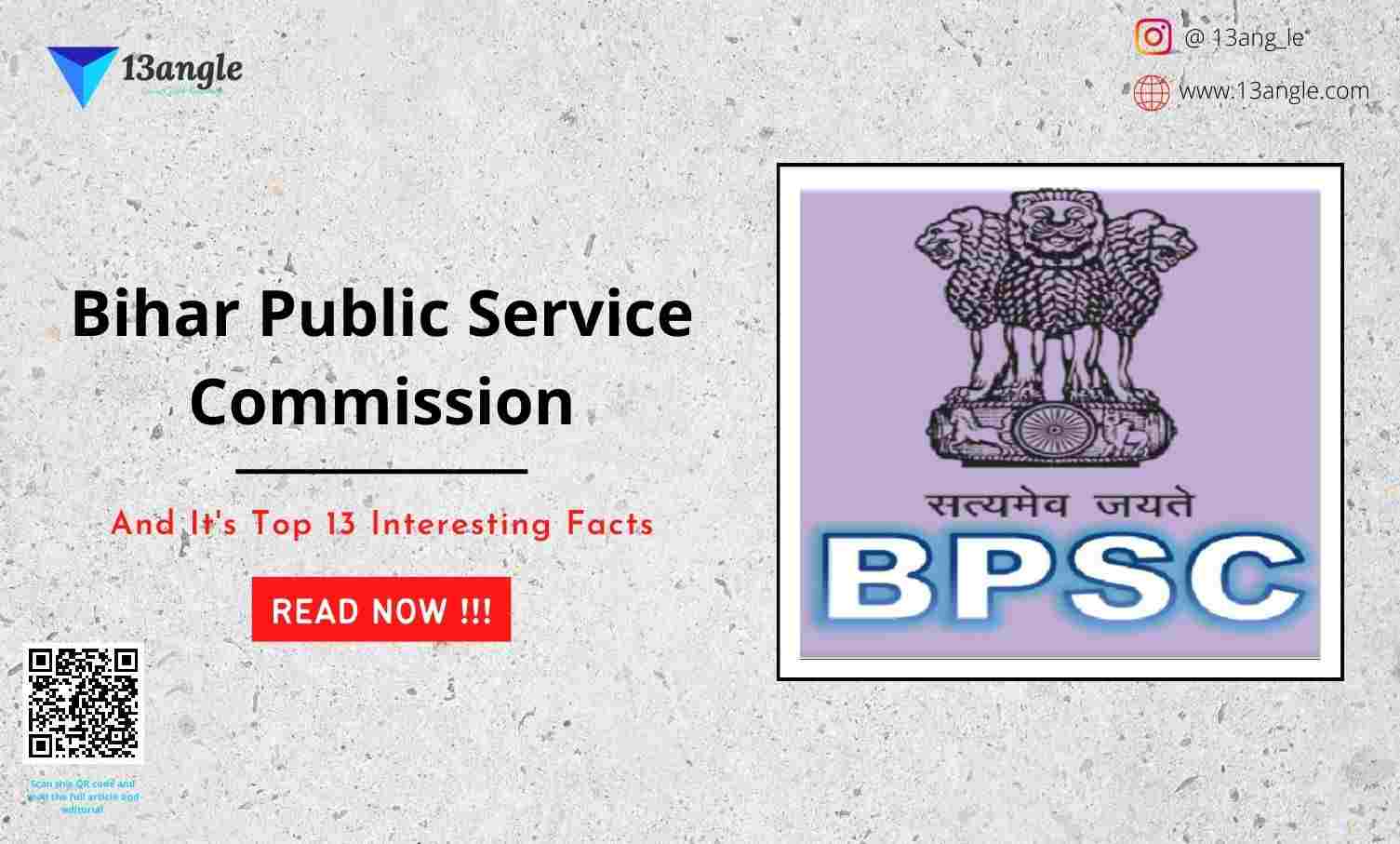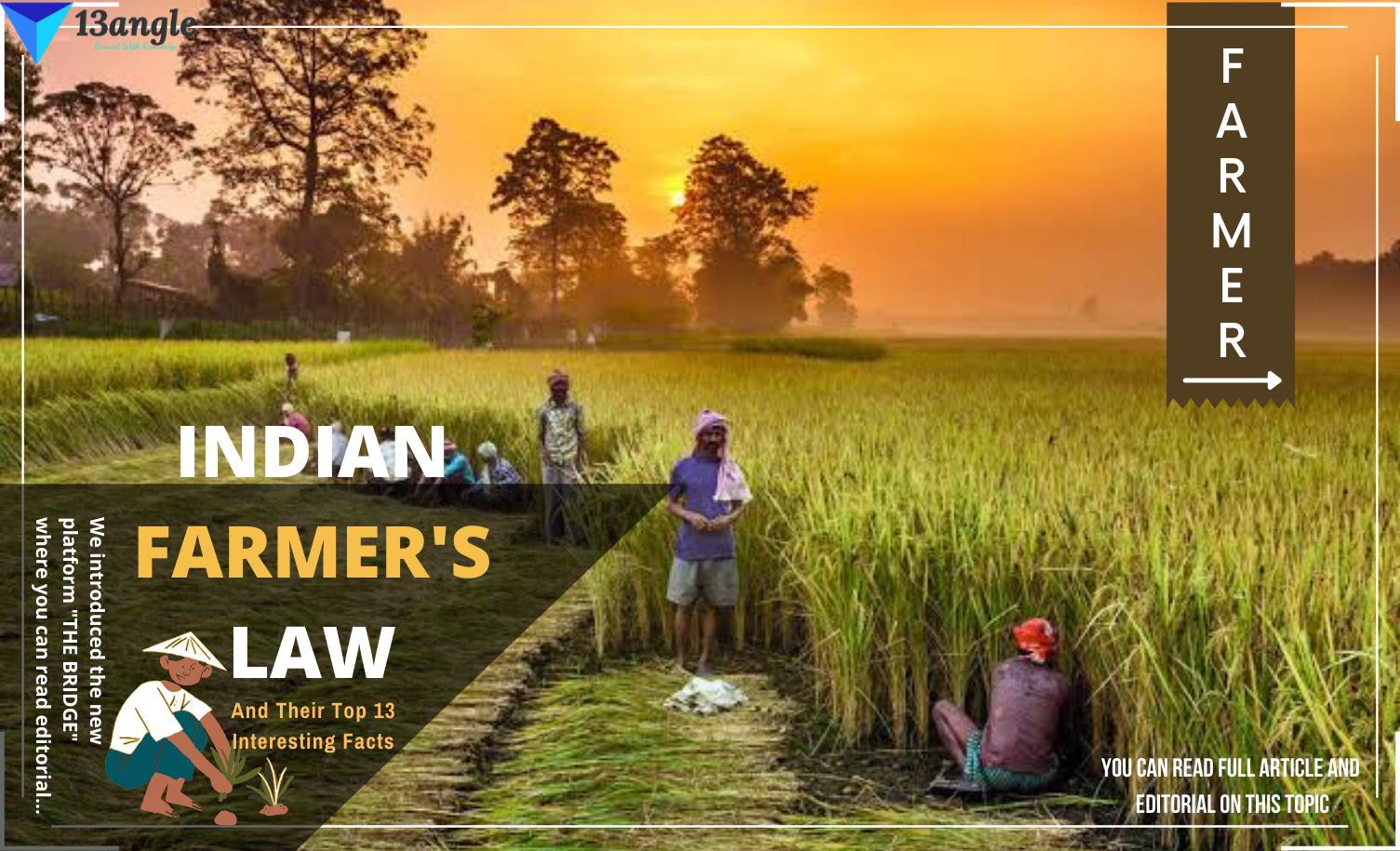Introduction
Raja Parba, also known as Mithuna Sankranti, is a vibrant and joyous festival celebrated in the state of Odisha, India. It holds immense cultural and traditional significance, marking the arrival of the monsoon season and celebrating womanhood. The festival spans three days and is observed with great enthusiasm by both young girls and womenfolk.
Raja Parba is deeply rooted in the agricultural heritage of Odisha, where the livelihood of many communities depends on farming and the monsoon rains. It is believed that during the festival, Mother Earth undergoes menstruation, symbolizing fertility and the beginning of a new agricultural cycle. The festival is a time to express gratitude to Bhudevi, the Earth Goddess, for her abundant blessings and seek her blessings for a fruitful harvest.
Raja Parba also embraces the celebration of womanhood and the menstrual cycle. The festival creates an atmosphere of joy and liberation for young girls and women, who are given respite from their daily household chores and allowed to indulge in festivities and merriment. It serves as a platform to break the taboo around menstruation and foster a sense of pride and acceptance of this natural process.
As the monsoon season arrives, bringing relief from the scorching summer heat, Raja Parba becomes a time of rejuvenation and celebration. The festival is marked by various rituals, including swinging on beautifully decorated swings and singing folk songs that echo the essence of Odisha’s rich cultural heritage.
Raja Parba is not just a festival; it is a celebration of life, nature, and the vibrant traditions of Odisha. It brings communities together, strengthens cultural bonds, and highlights the deep connection between humans and the Earth. Through its rituals and festivities, Raja Parba embraces the beauty of womanhood, acknowledges the power of nature, and sets the stage for a joyous and prosperous agricultural season.
Historical And Cultural Significance
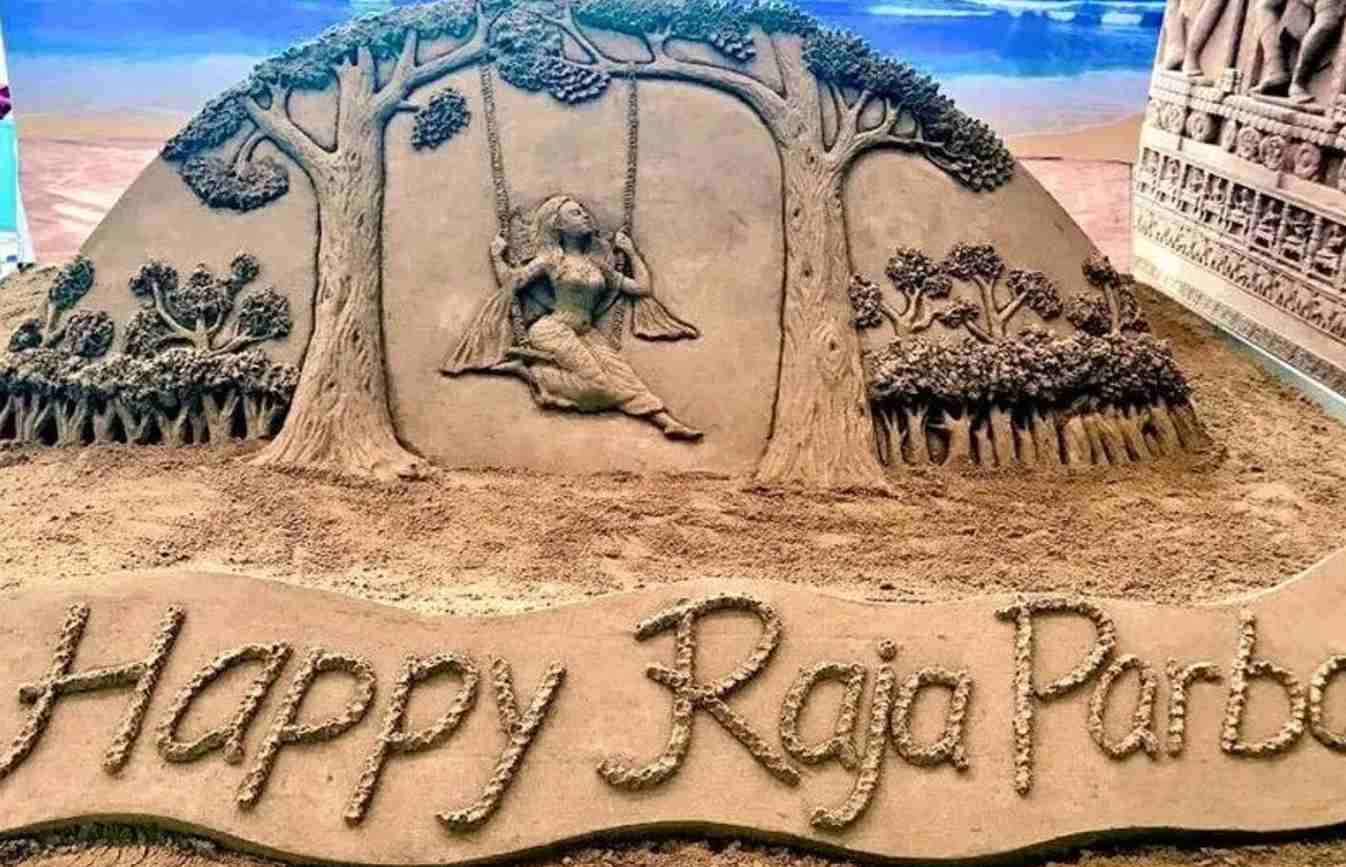
Raja Parba holds deep historical and cultural significance in the state of Odisha, India. The festival has evolved over time, encompassing various traditions and customs that reflect the region’s rich heritage.
A. Origins And Evolution:-
The festival of Raja Parba has ancient roots and has evolved over time, incorporating various cultural and agricultural aspects. Let’s explore the origins and evolution of this vibrant festival:
Etymology of the term “Raja”: The term “Raja” has its etymological roots in the Sanskrit language. It is derived from the word “Rajas,” which translates to “menstruation.” In ancient times, menstruation was considered a symbol of fertility and the creative power of women. The festival came to be associated with the menstrual cycle and was named Raja Parba to honour and celebrate this aspect of womanhood.
Evolution of the Festival: Initially, Raja Parba was primarily a festival celebrating the fertility and creative power of women. It revolved around the idea of honouring and respecting the menstruating woman, who was called “Rajaswala.” Over time, the festival expanded its scope and incorporated agricultural aspects and the worship of Bhudevi, the wife of Lord Jagannath and the divine representation of the Earth.
Incorporation of Agricultural Aspects: As the festival evolved, it began to encompass agricultural rituals and practices. The timing of Raja Parba, which falls in mid-June, coincides with the arrival of the monsoon season in Odisha. The festival signifies the transition from the scorching summer to the onset of rain, which is crucial for agricultural activities and the growth of crops. Farmers see this period as a time of rejuvenation for the Earth and eagerly await the monsoon showers. The festival serves as an agricultural holiday, marking the worship of Bhudevi, who is believed to bless the land and ensure a fruitful harvest.
Worship of Bhudevi: As Raja Parba incorporated agricultural elements, the worship of Bhudevi became an integral part of the festival. Bhudevi is revered as the mother Goddess Earth and is considered the divine consort of Lord Jagannath. In the Puri Temple, a silver idol of Bhudevi can still be found beside Lord Jagannath, symbolizing their sacred union. The rituals performed during Raja Parba, including the ceremonial bath of the grinding stone and the offerings made to Mother Bhumi, demonstrate reverence and gratitude towards the Earth for its fertility and sustenance.
Over the years, Raja Parba has evolved into a multi-dimensional festival, embracing cultural, agricultural, and religious elements. It celebrates womanhood, the menstrual cycle, the arrival of the monsoon season, and the interconnectedness between humans and the Earth. The festival serves as a reminder of the vital role played by the Earth in sustaining life and highlights the significance of environmental stewardship and agricultural prosperity.
Raja Parba has become an occasion for people to come together, rejoice, and appreciate the vibrant traditions and rituals associated with it. It showcases the rich cultural heritage of Odisha and reinforces the values of respect for women, gratitude for nature, and the importance of sustainable practices. The festival’s evolution reflects the deep-rooted connections between human life, agriculture, and the natural world, making Raja Parba a cherished and significant celebration in the cultural fabric of Odisha.
B. Rituals And Beliefs:-
Raja Parba is marked by various rituals and beliefs that hold deep cultural and symbolic significance. Let’s delve into some of these rituals and beliefs associated with the festival:
The belief of Mother Earth’s Menstruation: A central belief during Raja Parba is that Mother Earth, symbolizing fertility and sustenance, undergoes menstruation during the first three days of the festival. Just as women menstruate, it is believed that the Earth also experiences a period of purification and rejuvenation. This belief emphasizes the sacredness of the Earth and recognizes its role in the cycle of life and growth.
Ceremonial Bath of the Grinding Stone: On the final day of Raja Parba, known as Basumati Snana, a significant ritual takes place—the ceremonial bath of the grinding stone. The grinding stone, traditionally used for grinding grains, is considered a representation of Bhudevi, the Earth Goddess. It is believed that the grinding stone absorbs the energy and essence of the Earth. During Basumati Snana, the grinding stone is cleaned and adorned with turmeric paste, flowers, and sindoor (vermilion), signifying purification and sanctification.
Symbolic Significance: The ceremonial bath of the grinding stone carries symbolic significance. It represents the act of honouring and purifying the Earth, expressing gratitude for its bountiful gifts. The ritual acknowledges the interdependence between humans and the Earth, recognizing the Earth as the source of nourishment and sustenance. By bathing in the grinding stone, people seek blessings for a prosperous agricultural year ahead and invoke the divine energies embodied by Bhudevi.
Offering Seasonal Fruits to Bhudevi: Another important aspect of Raja Parba is the offering of seasonal fruits to Bhudevi. As a gesture of gratitude, people present a variety of fruits to the Earth Goddess. These offerings symbolize appreciation for the abundance provided by the Earth and reflect the cyclical nature of seasons and agricultural cycles. It is a way of acknowledging the role of the Earth in providing sustenance and expressing gratitude for the harvest and the fertility of the land.
Through these rituals and beliefs, Raja Parba celebrates the connection between humans and the Earth. It highlights the reverence for nature, the acknowledgement of the Earth’s life-giving powers, and the deep-rooted cultural beliefs associated with fertility, menstruation, and agricultural prosperity. The festival serves as a reminder to nurture and protect the environment, recognizing the importance of sustainable practices and harmonious coexistence with nature.
Raja Parba provides an opportunity for individuals and communities to come together, express gratitude, and honour the Earth’s contributions to their lives. The rituals and beliefs associated with the festival create a sense of unity, cultural identity, and respect for the natural world. By participating in these rituals, people reaffirm their bond with the Earth and strengthen their connection to their cultural heritage.
The Three Days Of Raja Parba

Day 1: Pahili Raja – Preparations and Rituals:-
The day before the official commencement of Raja Parba is known as Pahili Raja. It is a significant day when preparations and rituals are undertaken to ensure a joyful and auspicious celebration. Let’s explore the key aspects of Pahili Raja:
Cleaning Houses, Kitchens, and Grinding Stones: Pahili Raja begins with a thorough cleaning of houses, kitchens, and grinding stones. This ritual holds great importance as it symbolizes the purification of the living space and the preparation for the festivities ahead. The cleaning process involves sweeping, mopping, and scrubbing to remove any dirt or impurities. The grinding stones, known as “sil” in Odia, are cleaned and polished, as they are considered sacred and essential for preparing traditional dishes during Raja Parba.
Wearing New Sarees: On Pahili Raja, women and girls wear new sarees, adding a touch of freshness and elegance to the celebrations. The new sarees are often vibrant and colourful, reflecting the joy and spirit of the festival. It is believed that wearing new clothes brings prosperity and good luck for the upcoming year.
Applying Alata: Alata, a distinctive red liquid made from powdered stones, is applied to the feet and hands of women and girls during Pahili Raja. It is considered a symbol of good fortune and beauty. The intricate patterns created with Alata enhance the overall appearance of individuals and add a traditional charm to the festivities.
Adorning Ornaments: Another significant aspect of Pahili Raja is the adornment of ornaments. Women and girls deck themselves up with various accessories like earrings, necklaces, bangles, and anklets. These ornaments not only enhance their beauty but also hold cultural and traditional significance. The sparkling ornaments symbolize prosperity, femininity, and grace.
These rituals and practices observed on Pahili Raja set the stage for the vibrant celebrations of Raja Parba. The cleaning of houses and kitchens signifies the renewal and purification of the living space, creating a positive and inviting atmosphere. Wearing new sarees and applying Alata adds a sense of festivity and elegance while adorning ornaments showcase the cultural pride and aesthetic expressions of the participants.
Pahili Raja serves as a prelude to the main event, allowing individuals to prepare themselves physically and emotionally for the joyous festivities that follow. It is a time to embrace new beginnings, create a harmonious environment, and cherish the cultural heritage of Odisha.
As Pahili Raja marks the beginning of Raja Parba, the preparations and rituals undertaken on this day lay the foundation for a memorable and culturally enriching experience. It is a time to embrace traditions, foster unity, and celebrate the vibrant spirit of Odisha’s rich cultural heritage.
Day 2: Mithuna Sankranti:-
Mithuna Sankranti is a significant day during the Raja Parba festival in Odisha as it marks the beginning of the solar month of Mithuna. Let’s delve into the various aspects associated with Mithuna Sankranti:
Importance of Mithuna Sankranti: Mithuna Sankranti holds great importance as it signifies the transition of the sun into the zodiac sign of Mithuna (Gemini). This transition marks the onset of the monsoon season and the arrival of rains, which are crucial for agricultural activities in Odisha. Farmers eagerly await this period as it brings hope for a bountiful harvest and ensures the fertility of the land.
Restrictions Followed by Women: On Mithuna Sankranti, women observe certain restrictions and rituals as part of their cultural practices. They refrain from bathing during this day, as it is believed to disrupt the natural flow of energy and affect their health. Additionally, they avoid walking barefoot to prevent any potential harm to Mother Earth during her menstruation period. These restrictions are followed as a mark of respect towards the divine feminine and symbolize the synchronization between women and the Earth.
Joyous Festivities: Mithuna Sankranti is celebrated with great joy and enthusiasm. One of the key highlights of the festival is the presence of various types of swings that are set up across the villages. These swings, such as Ram Doli, Charki Doli, Pata Doli, and Dandi Doli, provide a source of entertainment and delight for both young and old alike. People, especially girls and women, eagerly participate in swinging activities, heightening the festive atmosphere.
Singing Folk Songs: While swinging on these colourful and intricately decorated swings, nubile girls engage in singing lyrical folk songs known as “Baula Gaan” or “Dalkhai.” These folk songs hold a special place in Odisha’s rich folk poetry. The songs are often impromptu and express various emotions, such as love, affection, social behaviour, and cultural values. The melodious tunes and heartfelt lyrics create a captivating ambience, spreading joy and enchantment among the participants and the audience.
The combination of swinging on different types of swings and singing folk songs adds to the vibrancy and liveliness of the Mithuna Sankranti celebrations. It creates an immersive experience where individuals embrace the festive spirit, bond with friends and family, and revel in the beauty of Odisha’s cultural heritage.
Mithuna Sankranti is a time of joy, celebration, and cultural expression. It signifies the beginning of a new season and the renewal of hope for a prosperous year ahead. The avoidance of bathing and walking barefoot by women, along with the delightful swinging activities and soulful folk songs, create a unique and enchanting atmosphere that captures the essence of Raja Parba and the traditions of Odisha.
Day 3: Bhudaaha or Basi Raja:-
Bhudaaha or Basi Raja, the third day of the Raja Parba festival, is marked by specific rituals and customs that hold cultural and symbolic significance. Let’s explore the rituals performed on this day:
Ceremonial Bath of the Grinding Stone: The highlight of Bhudaaha is the ceremonial bath given to the grinding stone, also known as “pua.” The grinding stone is considered a symbol of Bhumi, the mother Earth. Women and girls gather around the grinding stone, and with great devotion, they cleanse it using water, turmeric paste, flowers, and sindoor (vermilion). This ritualistic bath is a way of honouring and purifying the representation of Mother Earth.
Offerings to Mother Bhumi: On Bhudaaha, a wide variety of seasonal fruits and other traditional offerings are made to Mother Bhumi. The fruits represent the abundance of nature and the gratitude of the people for the bountiful harvests. It is a way of acknowledging the role of the Earth in providing sustenance and nourishment.
Symbolic Adornments: After the ceremonial bath, the grinding stone is adorned with turmeric paste, flowers, and sindoor. Turmeric paste is applied to the grinding stone as a symbol of purity and auspiciousness. The flowers represent beauty and devotion, while the sindoor signifies prosperity and good fortune. These adornments reflect the reverence and gratitude towards Mother Bhumi.
Significance of the Rituals: The rituals performed on Bhudaaha have both cultural and symbolic significance. The ceremonial bath of the grinding stone represents the act of purifying and rejuvenating the Earth, ensuring her fertility and vitality. It is believed that these rituals and offerings help in appeasing Mother Bhumi and seeking her blessings for a prosperous agricultural year ahead.
Furthermore, the act of adorning the grinding stone with turmeric paste, flowers, and sindoor serves as a reminder of the close connection between humans and the Earth. It symbolizes the harmonious relationship and interdependence between people and the natural world. By honouring and beautifying the grinding stone, the festival participants express their gratitude for the Earth’s abundant resources and seek her continued blessings.
Bhudaaha or Basi Raja holds immense cultural significance as it deepens the connection between the community and the Earth. The rituals performed on this day highlight the importance of nurturing and respecting the environment, while also celebrating the role of the grinding stone as a symbol of sustenance and abundance.
Through these rituals and offerings, the Raja Parba festival instils a sense of appreciation for the Earth’s blessings and encourages sustainable practices. It reinforces the idea that nurturing and protecting the environment is crucial for the well-being and prosperity of society as a whole. Bhudaaha or Basi Raja serves as a reminder to cherish and care for Mother Bhumi, recognizing her as the source of life and sustenance.
Celebration And Cultural Highlights
1. Traditional Delicacies:
Raja Parba is synonymous with a delectable array of traditional Odia sweets and treats. Some popular delicacies prepared during the festival include Podapitha (pancake made of rice, coconut, and jaggery), Arisa Pitha (deep-fried rice cake), Kakra Pitha (pancake stuffed with sweet coconut filling), and Manda Pitha (steamed rice cake). These treats are prepared and shared among family members, friends, and neighbours, enhancing the festive spirit and culinary delights.
2. Ornamentation and Gifts:
Raja Parba holds special significance for young girls and women. It is customary for married women to gift silver anklets known as “Rajara Padaka” to young girls. These anklets are considered auspicious and symbolize blessings for their well-being and prosperity. Additionally, women adorn themselves with traditional jewellery, including bangles, necklaces, and nose rings, adding to the vibrancy and splendour of the celebrations.
3. Swings and Folk Songs:
Swinging is an integral part of Raja Parba, symbolizing the joy and anticipation of the monsoon season. Various types of swings are set up, such as Ram Doli, Charki Doli, Pata Doli, and Dandi Doli. Young girls and women dress in traditional attire, gather around these swings, and take turns swinging while singing folk songs called “Raja Dola” or “Raja Geeta.” These songs express their hopes, aspirations, and love for their land, showcasing Odisha’s cultural heritage and poetic essence.
Social And Cultural Impact Of Raja Parba
1. Breaking Taboos: Menstrual Awareness:
Raja Parba has played a significant role in breaking societal taboos and creating awareness about menstruation. By associating the festival with menstruation and celebrating womanhood, it has helped remove the stigma and encourage open conversations about this natural biological process. Raja Parba serves as a platform for educating society about menstrual hygiene, and health, and empowering women to embrace their bodies.
2. Strengthening Community Bonds:
Raja Parba acts as a unifying force, bringing families, neighbours, and communities together. The festival fosters a sense of belonging, shared traditions, and collective celebrations. People exchange greetings, visit each other’s homes, and partake in feasts and cultural activities. This strengthens social connections, promotes harmony, and enhances community spirit.
Swings And Folk Songs

Swings play a central role in the festivities of Raja Parba, bringing joy and entertainment to the participants. The festival showcases various types of swings, each with its unique design and name. Let’s delve into the different types of swings and explore their significance during the celebration:-
1. Ram Doli: Ram Doli is a swing that consists of a wooden plank tied to ropes hanging from a sturdy tree branch. It offers a simple and traditional swinging experience and is widely popular among the participants of Raja Parba.
2. Charki Doli: Charki Doli is a circular swing that allows multiple individuals to swing together. It features a circular wooden seat suspended from ropes attached to a central point. This type of swing adds a sense of excitement and camaraderie as people swing in unison.
3. Pata Doli: Pata Doli is a swing made using a wooden plank with intricately carved designs. It showcases the artistic craftsmanship of the region. Pata Doli swings are often adorned with vibrant fabrics and flowers, enhancing their visual appeal.
Dandi Doli: Dandi Doli is a unique swing made from bamboo poles. It requires skilled craftsmanship to create a strong and balanced structure. Dandi Doli swings are known for their flexibility and smooth swinging motion.
These swings serve as a source of joy and entertainment during Raja Parba. They create an atmosphere of celebration and merriment, inviting people of all ages to participate. The swings allow individuals, especially young girls, to experience the thrill of soaring through the air, symbolizing the anticipation and exuberance associated with the monsoon season.
While swinging, the nubile girls of the village sing lyrical folk songs that add a melodious charm to the festival. These songs are known as “Bhajans” or “Dhunkelis” and are sung in the local Odia language. The lyrics of the folk songs reflect themes of love, affection, respect, social behaviour, and various aspects of everyday life.
The folk songs sung during Raja Parba hold a significant place in Odisha’s folk poetry. They have been passed down through generations, with their beauty of diction and sentiment resonating with the cultural ethos of the region. Through these songs, the participants express their emotions, tell stories, and celebrate the traditions and values of their community.
The rhythmic and soulful nature of these folk songs adds a touch of enchantment to the swinging experience. They create a harmonious atmosphere, captivating the listeners and infusing the festival with an aura of cultural richness.
Swings and folk songs are integral elements of Raja Parba. They provide a platform for people to engage in joyful activities, express their creativity, and celebrate the cultural heritage of Odisha. The swings bring excitement and laughter, while the folk songs contribute to the poetic fabric of the region, reminding us of the enduring beauty and significance of Raja Parba.
Top 13 Interesting Facts About Raja Parba
Raja Parba, also known as Mithuna Sankranti, is a three-day festival celebrated in Odisha, India, to mark the beginning of the solar month of Mithuna and the arrival of the monsoon season.
The festival is deeply rooted in historical and cultural significance, evolving from an agricultural holiday to a celebration of womanhood and the worship of Bhudevi, the divine wife of Lord Jagannath.
Raja Parba derives its name from the Sanskrit word ‘Rajas,’ which means menstruation, symbolizing the belief that Mother Earth undergoes menstruation during the first three days of the festival.
The festival consists of three main days: Pahili Raja, Mithuna Sankranti, and Bhudaaha or Basi Raja.
During Pahili Raja, houses and kitchens are cleaned, and preparations are made for the festivities. Women and girls wear new sarees, apply Alata (red dye), and adorn themselves with ornaments.
Mithuna Sankranti, the second day, is marked by various customs and restrictions for women, such as abstaining from bathing, walking barefoot, and refraining from certain activities. Swinging on banyan trees and singing folk songs are popular activities during this day.
On Bhudaaha or Basi Raja, women perform the Basumati Snana ritual by bathing in the grinding stone, symbolizing the purification of Mother Earth. Seasonal fruits are offered as a token of respect and gratitude.
Raja Parba is a festival that celebrates womanhood and has contributed to raising awareness about menstruation and breaking taboos associated with it.
The festival holds immense social and cultural importance, bringing families and communities together. It strengthens community bonds, fosters a sense of belonging, and promotes harmony.
Traditional Odia sweets and treats play a significant role in the festivities, including Podapitha, Arisa Pitha, Kakra Pitha, and Manda Pitha, which are prepared and shared among family, friends, and neighbors.
Silver anklets known as “Rajara Padaka” are gifted to young girls during Raja Parba, symbolizing blessings for their well-being and prosperity.
Swinging on various types of swings, such as Ram Doli and Charki Doli, is a popular activity during the festival. It represents the joy and anticipation of the monsoon season.
Raja Parba has not only preserved Odisha’s cultural heritage but has also served as a platform for educating society about menstrual health and hygiene, empowering women, and fostering open conversations about menstruation.
Conclusion
In conclusion, Raja Parba is a festival that weaves together history, culture, and the celebration of womanhood in a tapestry of vibrant traditions and rituals. Its agricultural roots, worship of Bhudevi, and emphasis on menstrual awareness make it a unique and significant event in Odisha’s cultural calendar.
The festival not only pays homage to the fertility of the land but also serves as a platform for educating and breaking taboos surrounding menstruation. It encourages open conversations, acceptance, and empowerment of women, fostering a more inclusive and progressive society.
Raja Parba allows us to appreciate the beauty of Odia culture, from the colourful attire to the melodious folk songs and the mouth-watering traditional sweets. It brings families and communities together, creating moments of joy, laughter, and togetherness.
As we celebrate Raja Parba, let us embrace and cherish these vibrant traditions and rituals that have been passed down through generations. Let us honour the heritage and cultural richness of Odisha while also promoting equality, respect, and understanding. May the festival of Raja Parba continue to inspire us to appreciate the cycles of nature, uplift the voices of women, and strengthen the bonds that tie us together as a community.
Let us rejoice in the spirit of Raja Parba and extend our heartfelt appreciation to the diverse traditions and practices that make it a truly special celebration.
